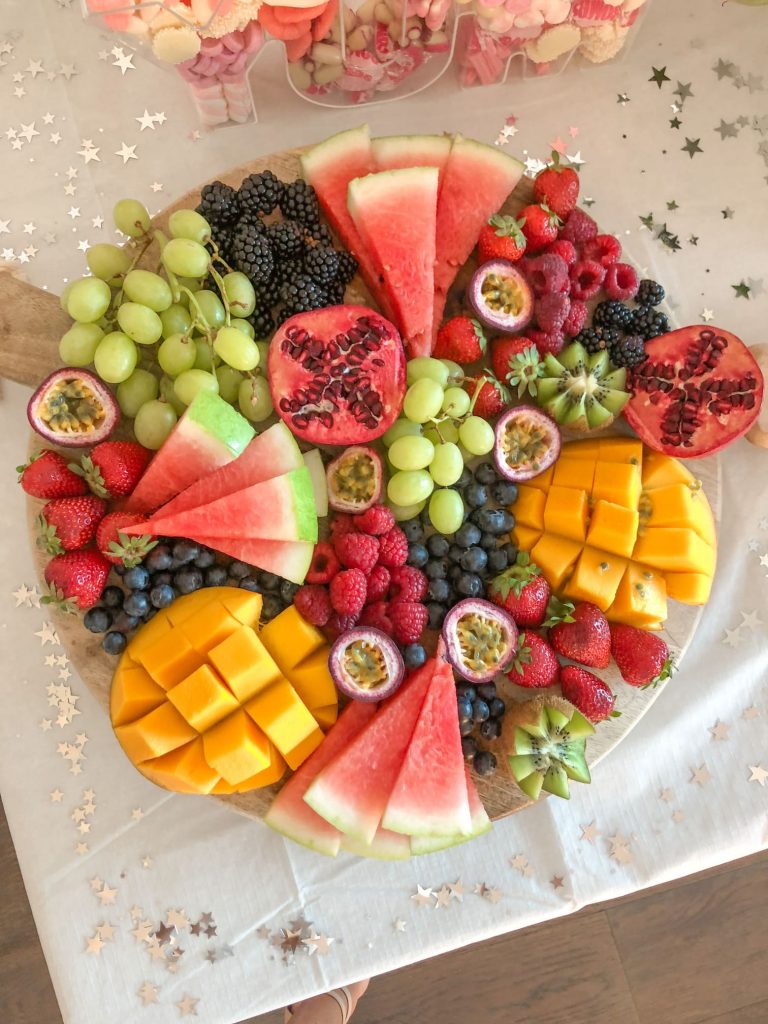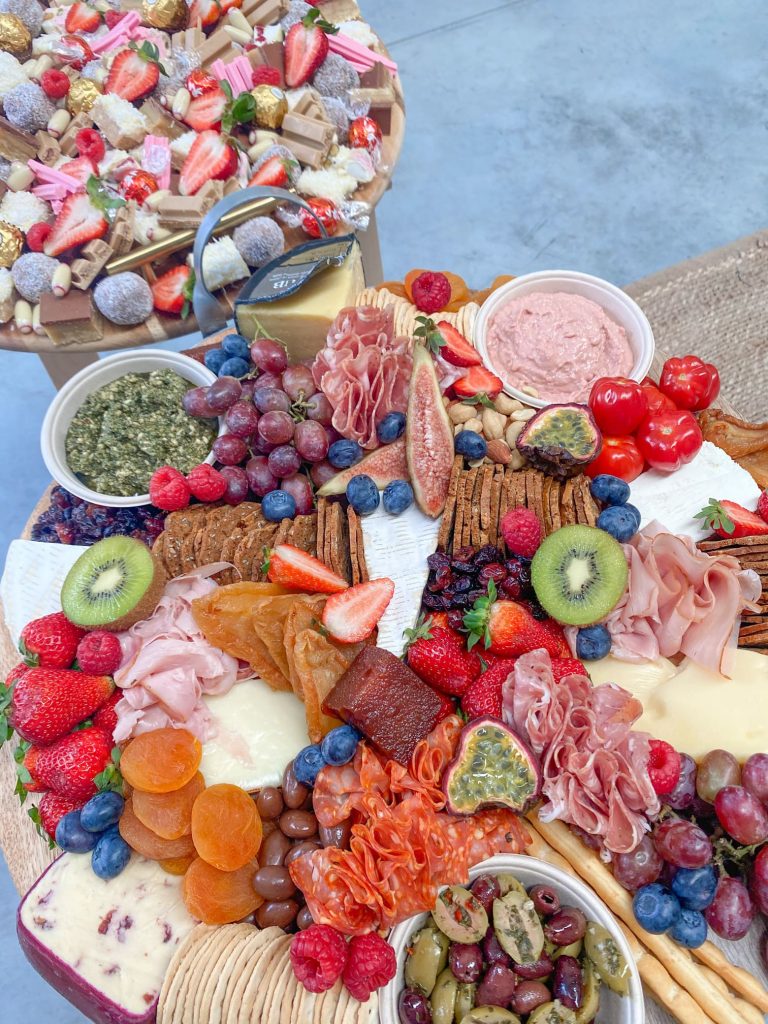How to Make a Grazing Board
February 24, 2021
Author: Boe Eyking
How to Make a Grazing Board: 7 Grazing Platter Ideas (with DIY Tips)
Everybody loves to impress. No matter what the occasion, the element that always stands out and leaves a first and last impression to the guests is food. When it comes to the food you serve, you need to nail everything to wow your guests: Presentation, Taste, Variety, and Originality.
Here’s a little secret—you can guarantee stellar marks on all these factors by learning how to make a grazing platter. It doesn’t take rocket science for you to master how to prepare one, and it will surely add a layer of sophistication to both simple and bigger gatherings.
What is Grazing Board?

A grazing board is a style of dining presentation wherein a board is filled with room temperature-friendly finger food. Think of it as like an exquisite food tasting. It’s casual, but it entails an elaborate presentation to entice all your guests. It does not involve the usual dining table etiquette with all the different kinds of forks, spoons, and knives. Still, it suits small, intimate gatherings and even corporate events and high-end celebrations.
One of the most notable appeals of a grazing board or platter is it is a form of art. You can also add savoury or sweet foods, depending on your taste. Some of the typical food staples in a traditional grazing feast include cheeses of varying textures, fruits like berries, strawberries and grape, and cured meats like salami and prosciutto.
Grazing tables and boards are often compared to a charcuterie board. The two differ in the concentration of flavors. Grazing boards are more inclusive in that you can fill it with sweet and salty snacks. Meanwhile, a charcuterie board focuses on introducing a variety of tastes and textures, albeit leaning more towards savory food. You can distinguish a charcuterie from a grazing platter by the addition of olives, jams, and bread.
The experience of eating without any cutleries may not be as instantly pleasing for some, but it is worth trying even just once. As such, it is important that you make a good first impression with the grazing platter you create.
Types of Grazing Boards
Another wonderful advantage to making grazing boards is its versatility. There is a grazing board for almost every food preference and health requirement. That is why you can never go wrong with this particular manner of serving food. Here are a few popular choices to support your quest to perfect the art of how to create a grazing platter:
Based on food preferences:
Ooey-Gooey Cheesy

Very Vegetarian

Good news for all health and diet-conscious foodies out there! Grazing boards are very vegan-friendly. It’s the perfect dining option if you want to throw a get-together without compromising your guests’ nutritional requirements. Stick with seasonal veggies and fruits to maintain the freshness and quality of your healthy platter.
Kiddie Faves

Flat lay table

Flat lay tables can be short or long. It is best to choose a table length that accommodates the number of guests you will be expecting at your event. Flat tables are also low-lying boards, so you can use it if you prefer a more intimate dining experience where you sit together with your loved ones and share the food.
Round woven trays
These trays resemble baskets and are best suited for breads and cheeses or platters involving dips. The rustic feel of woven trays likewise fit the vibrant colours of fruits and vegetables.
Natural bark

Layered tray or table

How to Create DIY Grazing Board
1. Appeal to the Eyes

As you master how to do a grazing board the first thing you need is to pick the type of board you will use for your servings. What shape will it be? What material is it made of? Does it have a single layer or will it have multiple compartments? People don’t devour the food you serve them with their taste buds alone. They also use their eyes to boost their appetite and experience their meal. An impressive grazing platter will keep your guests’ eyes glued to the food from the beginning up to the end of your event. Don’t have any fancy boards in your pantry? Use a chopping board instead as your DIY grazing platter!
2. Prioritize Sanitation

Place brown wrapping paper, a baking sheet or a butcher paper over your grazing board to prevent food from sticking on the surface or juices from leaking and staining. It will also be handy if you serve crackers and bread since it reduces the time it will take to pick up leftover crumbs after the party. Slice meat, cheeses, and fruits into small portions for your guests’ convenience. When serving meals that come with dips, use ceramic bowls and place it at the center of your platter. In this manner, the dips will not be toppled over once guests begin lining up and picking food one by one. Don’t prep your boards hours before the actual reception or gathering. Otherwise, the extended exposure of some of the food may cause it to spoil quicker than expected. A maximum prep time of two hours is ideal to keep your food fresh even at room temperature.
It would also be helpful and convenient too, if you placed hand sanitizing stations near your catering area.
3. Keep it varied but balanced

4. Find inspiration
5. Take photos and ask guests for feedback

Conclusion
Learning the tricks to creating your own grazing platter menu is truly worth your time and effort. Not only will you enrich your background about food preparation and dining, but you will also potentially develop a new hobby that you can share with your family and friends.
On the other hand, if you feel that you are not yet well-equipped to make your very own grazing board, then you can always rely on the expertise of your fellow foodies at Platternboe. We prepare delectable Cheese Boards and Dessert Boards for every occasion. We also prepare Mini Party Tables for customers who want more pizazz in their events. All our grazing board selections are filled with fresh, premium ingredients.
Fill out our form to learn more.
